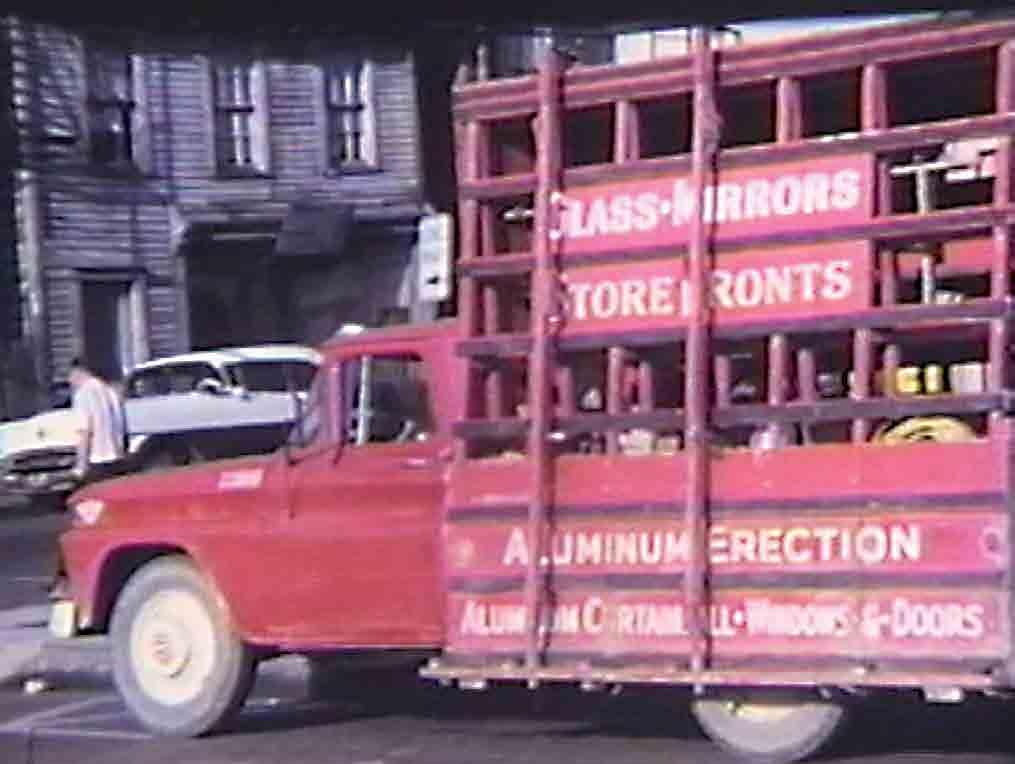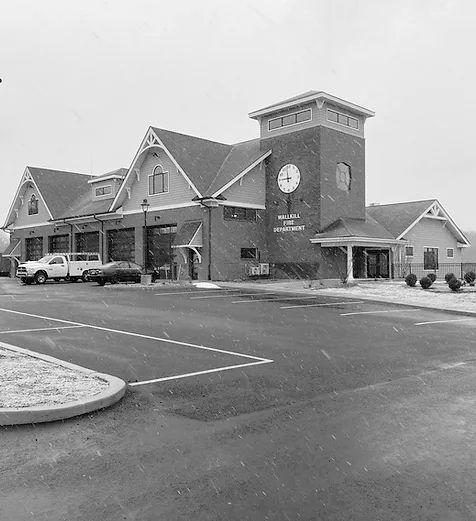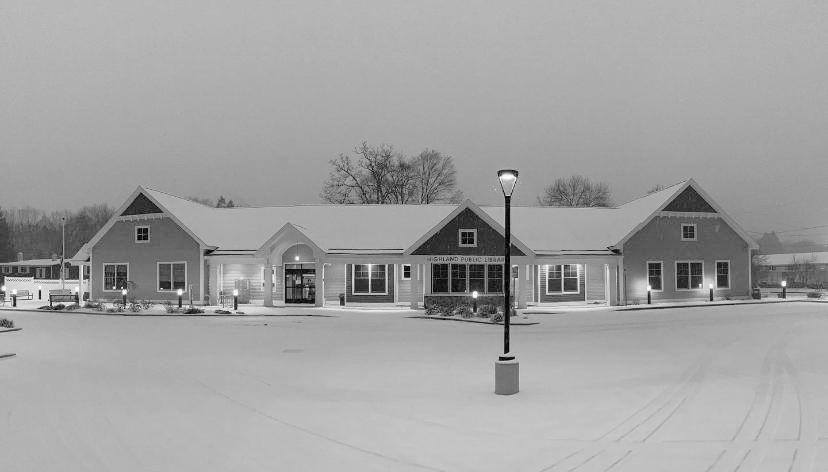
4 minute read
Welcome to Our New Members
We are pleased to welcome our newest members to the Construction Contractors Association of the Hudson Valley:
KB Duct, a Division of CECO Environmental is a leader in standard, modular ducting systems (clamp-together and flanged), individual components and application-specific duct solutions for industrial dust, fume, mist and air handling systems. Their clamp-together, Vanstone Flange and Welded Flange ducting systems can be used in virtually every dust collection system – from wood to paper to chemical – as well as fume, oil mist collection and abrasive applications. KB Duct began as a part of CECO Kirk & Blum, which has been in operation since 1907, and offers fast delivery on clamp-together duct from 3” to 24” in 22-gauge to 10- gauge, depending on diameter, and flanged duct in diameters you can drive a truck through as heavy as 1/4” material. To learn more, call 866-KNB-DUCT or visit www.CECOenviro.com.

Rover Contracting, Inc. is an industrial painting business specializing in bridge painting. They are based in Highland, NY. To learn more call 845-834-2620 or visit www.RoverContracting.com.
After 96 Years, Goldinson Corp. Closes its Doors

Goldinson Corporation, a third generation family construction company based in Newburgh and a valued member of the CCA, has closed its doors.
The small Goldin Plate & Mirror Works store opened in 1926 and through the decades grew to become a full commercial contractor specializing in aluminum windows, entrances, curtain walls and glass. They served clients in Westchester, Rockland, Orange, Putnam, Dutchess, and Ulster counties. Goldinson’s fine work can be spotted throughout the Hudson Valley, including at Woodbury Commons, Minisink Elementary School, and the Ulster County Restorative Justice and Community Empowerment Center in Kingston.
The CCA wishes everyone at Goldinson happiness in their next endeavors.




By Lisa Ramirez, Director of Communications
As the United States gears up for major investments in sectors like energy, infrastructure and logistics, it’s starkly apparent that we’ll need more skilled workers. Meanwhile, thousands of local high school students just graduated, and still more will start their senior year at summer’s end. Many will head to college or the military, their path and goals clearly defined. Yet many remain unsure.
That’s why organized labor is increasing its presence at high school career fairs, introducing well-paying opportunities to students, many of whom may never have been introduced to bricklaying, iron work or carpentry.

“We come out to events like this because joining a union is a pathway to a great life,” said Matt Ross, Council Representative for the North Atlantic States Regional Council of Carpenters, as he greeted students at a job and career fair at Ellenville Jr./Sr. High School.
“College isn’t for everyone, but some students end up going to college because they don’t know what else to do. We’re here to show them that they can start building a future as soon as they graduate high school. You even earn while you learn,” said Ross.
At Rockland Community College Fieldhouse in Suffern, the Hudson Valley Construction Career Day has become a bit of a tradition. This spring, about 700 students from Hudson Valley high schools attended, and an array of industry representatives were on hand to discuss apprenticeships and answer students’ questions. Demonstrations and activities - including masonry, welding, soldering and more - gave the teens a chance to give the different trades a try.


The career events are also an opportunity to showcase union opportunities to underclassmen and middle schoolers, even if they’re just beginning to seriously consider their post-graduation plan.
“If no one in their family was in a union it may never cross their mind to join the trades,” said Business Manager Tom Gandolfini of Plumbers and Steamfitters Local 373.
First the good news:
Historic investments in infrastructure, green energy, high tech manufacturing coupled with developers’ robust interest in the Mid-Hudson and Catskills, everyone in the construction business should be busy for years to come.
The bad news - and we’ve been hearing this for some time - is that there simply may not be enough people in the construction business to get it all done.
Industry experts say the construction industry will need to attract an additional 350,000-550,000 workers over the next year or so, and that’s in addition to the normal pace of hiring, in order to meet demand.
The skilled labor shortage came into sharp focus during the pandemic, when construction employment opportunities declined. During the COVID shutdowns many workers rethought their retirement dates and hung up their belts. Others, enticed by flexible schedules and remote work options offered in other industries, left construction entirely. And it’s impossible to calculate how many young people might have considered construction work but, as recruitment events, job fairs and other opportunities for career exploration disappeared during shutdown — simply gravitated into other jobs.
Meanwhile, the construction labor force is aging, and nearly 1 in 4 are over age 55 and rapidly approaching retirement. They’re the most highly skilled, productive and experienced people, and their absence will be sorely felt.
But back to the good news.
The labor shortage has not gone unnoticed by the federal, state and local governments, educational institutions, and advocacy groups, all of which are committed to building the construction ranks.
In New York City, for example, Mayor Eric Adams launched an $18.6 million, 3-year program to encourage low-income people to train for construction and industrial careers. Participants in the program - dubbed Pathways to Industrial and Construction Careers and financed by the American Rescue Plan Act - will be selected by the Mayor’s Office of Talent and Workforce Development, then steered into higher-wage and union jobs as tradespeople, project managers and the like.

Similar initiatives are underway across New York, and nationwide states, localities, community colleges, and local organizations have leveraged American Rescue Plan funding to deliver training, encourage Registered Apprenticeships, and to provide retention and hiring bonuses.












